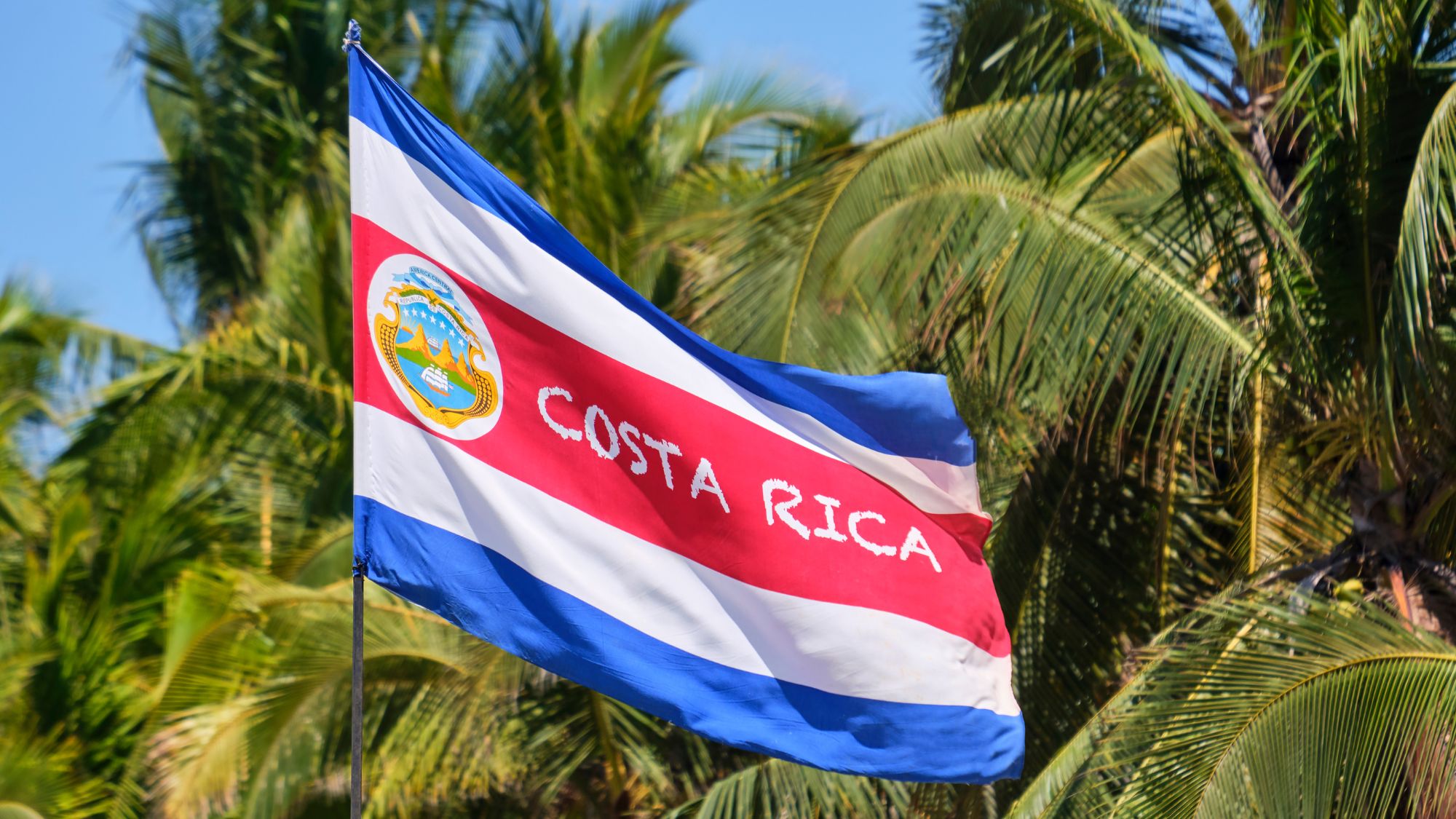Costa Rica is home to dramatic landscapes, great food, and many languages. While the national language is Spanish, the country also has a handful of Indigenous languages with a deep-rooted history that spans generations. Like nearby neighboring countries like Guatemala and Mexico, Costa Rica has a linguistic landscape representing the many cultures that make up the country. Here, we’ll have a look at Costa Rica’s many languages, including Spanish and English, of course.
Costa Rica’s Many Languages
First on the list of Costa Rica’s many languages is Spanish, its official language. Like much of Latin America, Costa Rica’s Spanish, or español costarricense (es-CR), has evolved into a distinct variant that differs from other Spanish-speaking countries. For example, while many countries use “tú” while addressing someone casually, Costa Rica uses “vos,” which is the same as Argentina and Uruguay. Spanish is used by over 98% of the population and is the language you’ll hear most often.
Costa Rica’s Indigenous Languages
Before colonization, there were numerous Indigenous ethnic groups, each with their own language, traditions, and culture. Many of these languages survived colonization, were passed down through generations and continue to exist today.
Cabécar
Cabécar is spoken by about 17,000 Cabécar people, who live primarily in the southeastern part of the country near the Talamanca range. The region is remote, and the isolated nature helped keep the language far from Spanish influence and maintain its traditional form. Cabécar belongs to the Chibchan language family, which is native to parts of Central and South America.
It’s considered one of the most conservative of Costa Rica’s Indigenous languages and those who speak it believe that the language allows them a deeper connection with the natural world and the spiritual forces within it.
Bribri
The Bribri are one of the larger Indigenous groups and their language is taught in some schools within certain communities. Like Cabécar, Bribri is also part of the Chibchan language family.
Maleku
In contrast, Maleku is considered an endangered language, only spoken by several hundred people who live in the Guatuso region in northern Costa Rica. Unlike Bribri and Cabécar, the language is part of the Votic language family.
Guaymí
Also part of the Chibchan language family, Guaymi is spoken by about 150,000 Ngäbe people who live primarily in Panama, although a small population lives in the southern region of Costa Rica. The Buglé people, who live in Panama, also speak Guaymi.
Costa Rica’s English
While Costa Rica is second in Latin America for English proficiency, you might find that rural locations differ greatly from tourist destinations like San Jose, Tamarindo, and Manuel Antonio. English speakers are also more prevalent near coastal areas, especially in the touristic beach resort towns.However, only about 10% of Costa Rica’s population speaks English. And learning key Costa Rican phrases like “pura vida!” will definitely get any visitor a smile. Locals always appreciate the effort.





